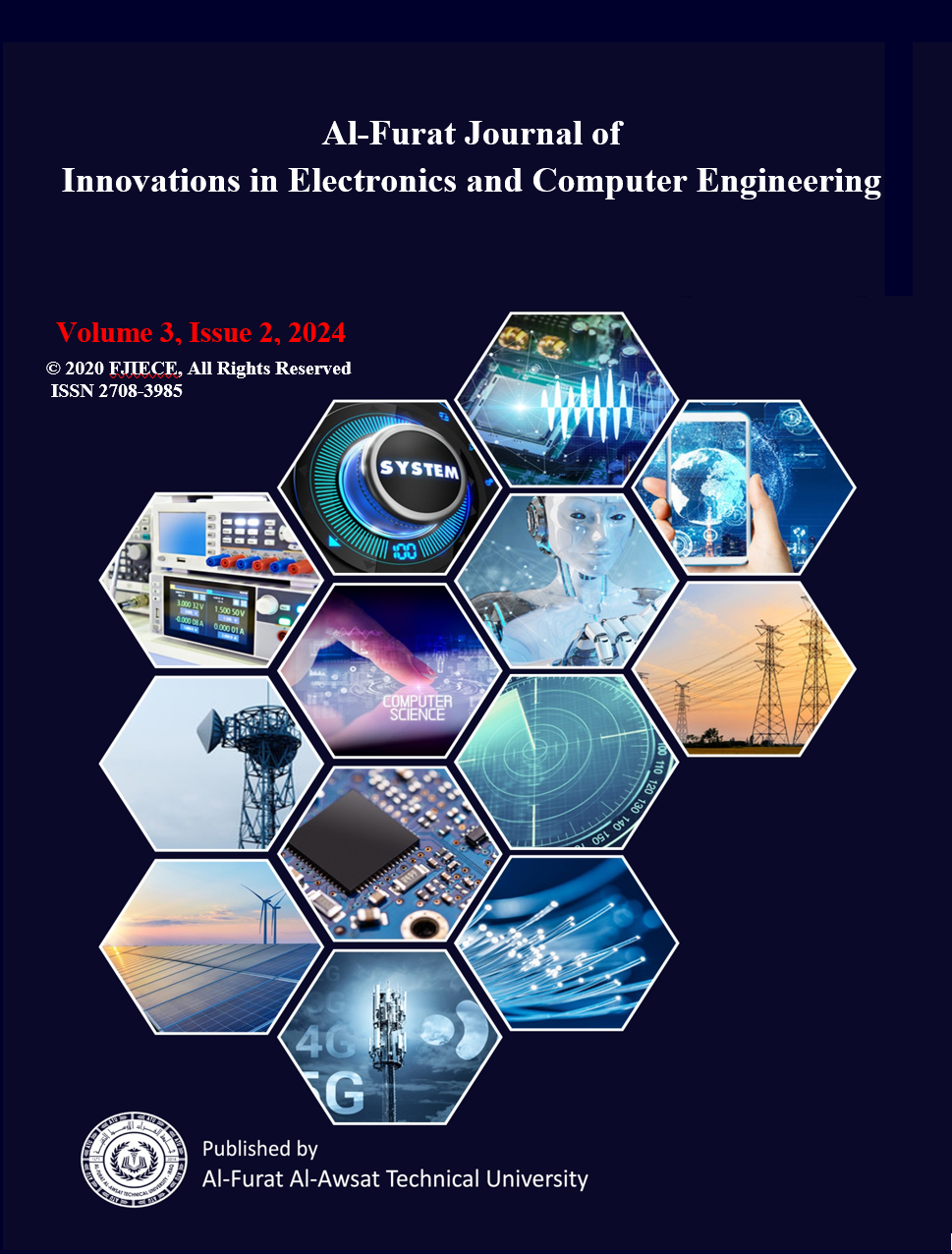Ant Colony Optimization Based Edge Detection Algorithm
Keywords:
Image processing; edge detection; Ant colony optimization; ACOAbstract
The problem of edge detection represents one of the most elementary assignments in
image processing, providing an essential base for all further study and interpretation of the visual data
analysis. This paper proposed an enhanced version of the Ant Colony Optimization (ACO) algorithm for
edge detection. The following paper tries to compare the Proposed ACO method with the conventional
techniques of edge detection like Canny, Prewitt, and Sobel, using various quantitative metrics like Mean
Squared Error (MSE), Peak Signal-to-Noise Ratio (PSNR), Entropy, Natural Image Quality Evaluator
(NIQE), and Blind/Referenceless Image Spatial Quality Evaluator (BRISQUE) applied over different
images. The datasets for this evaluation are considered as a standard Cameraman, a biological cell, and
MRI image, with and without noise, considering the ranges of complexities and textures. The results of
our study prove the competencies of ACO's algorithm. In some cases, it stands out against standard
algorithms for MSE and PSNR values and maintains high Entropy values, suggesting the robustness of
detail-keeping in an image. Further, the quality assessment of the images by using NIQE and BRISQUE
shows the ability of ACO to maintain a natural appearance post-edge detection. In this regard, the study
highlights that the proposed ACO is an effective method for edge detection in varying image conditions,
and, in doing so, it even validates the effectiveness of bio-inspired algorithms in image processing
domains.





